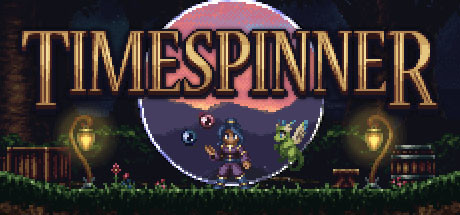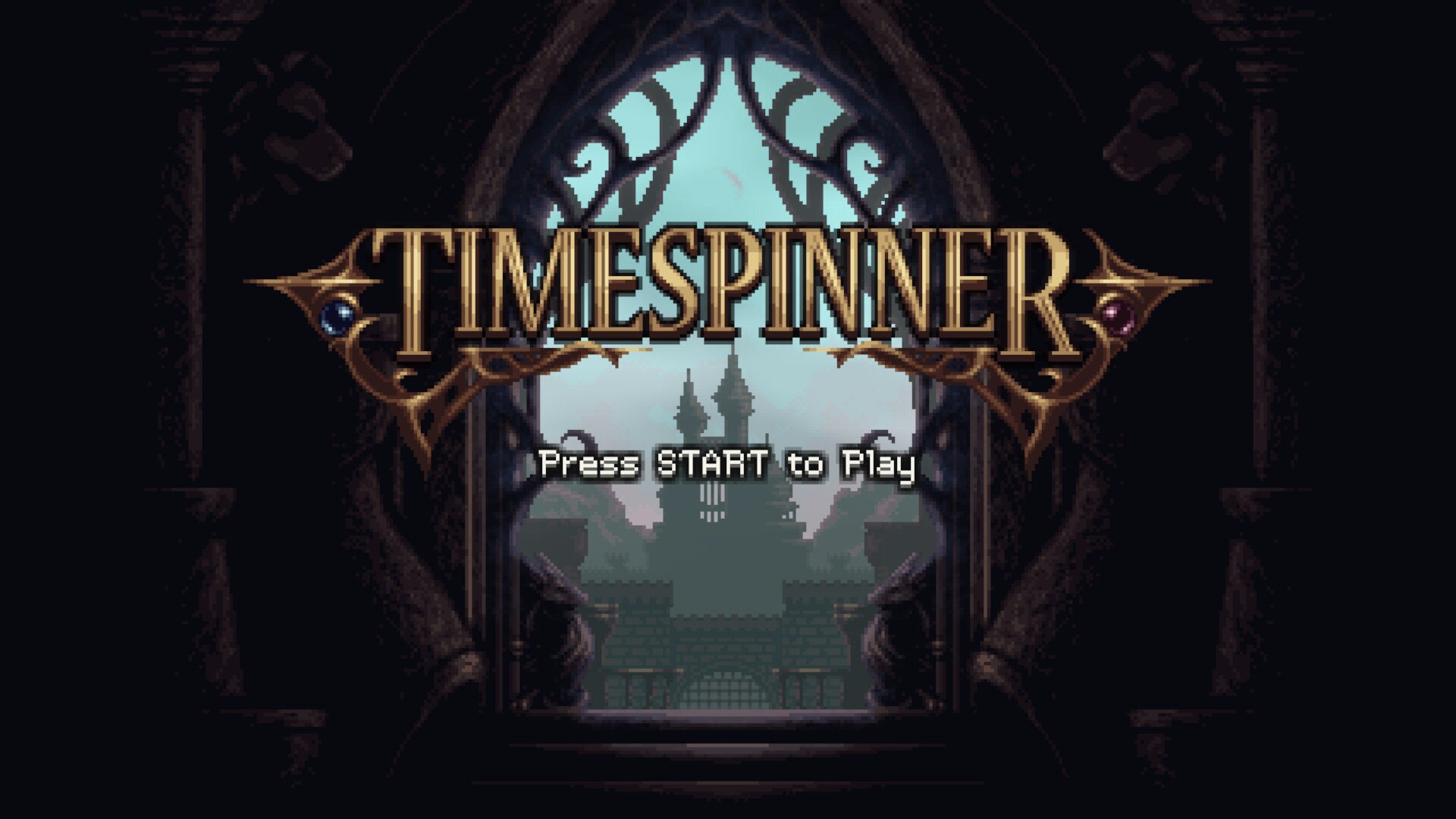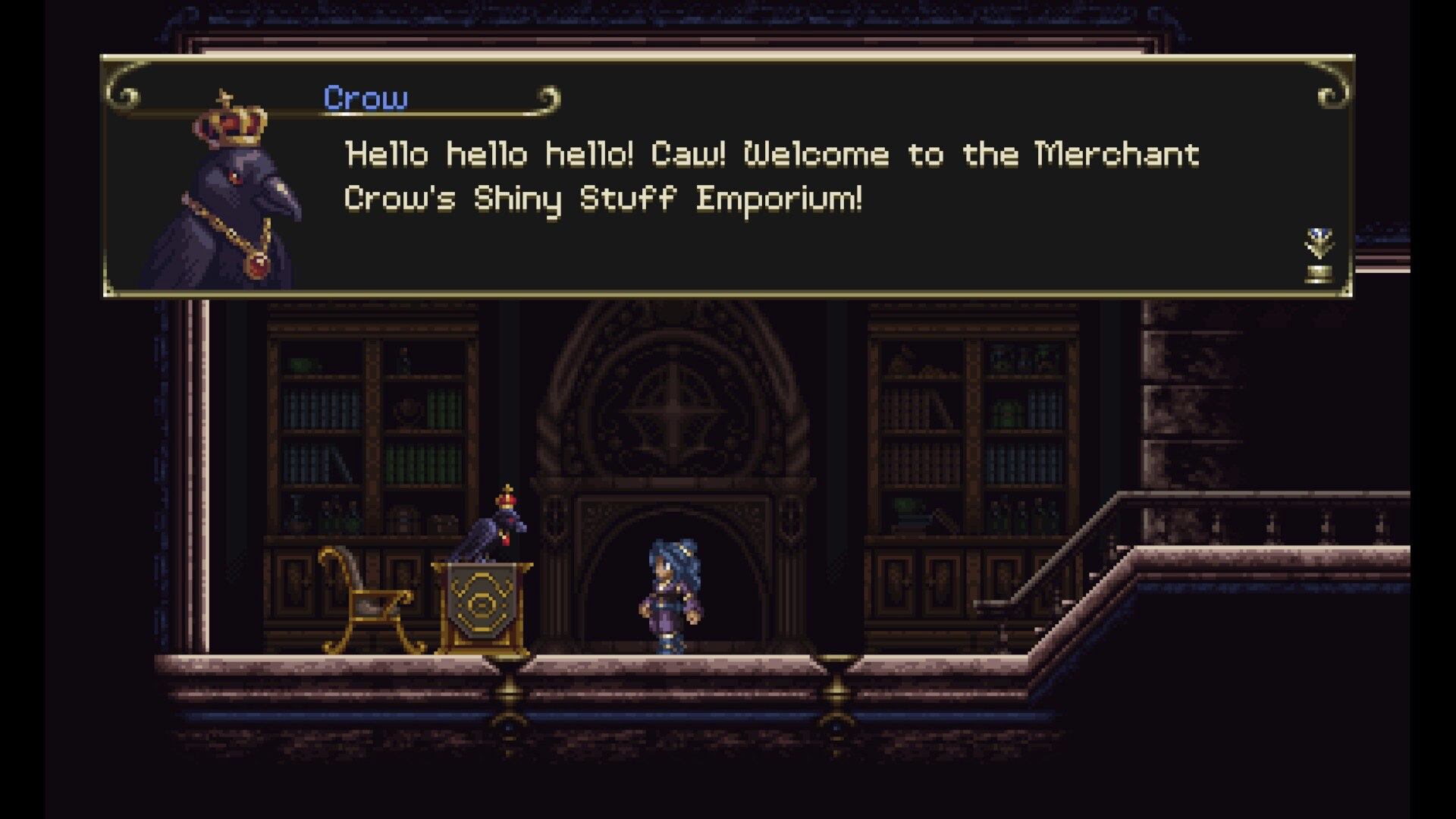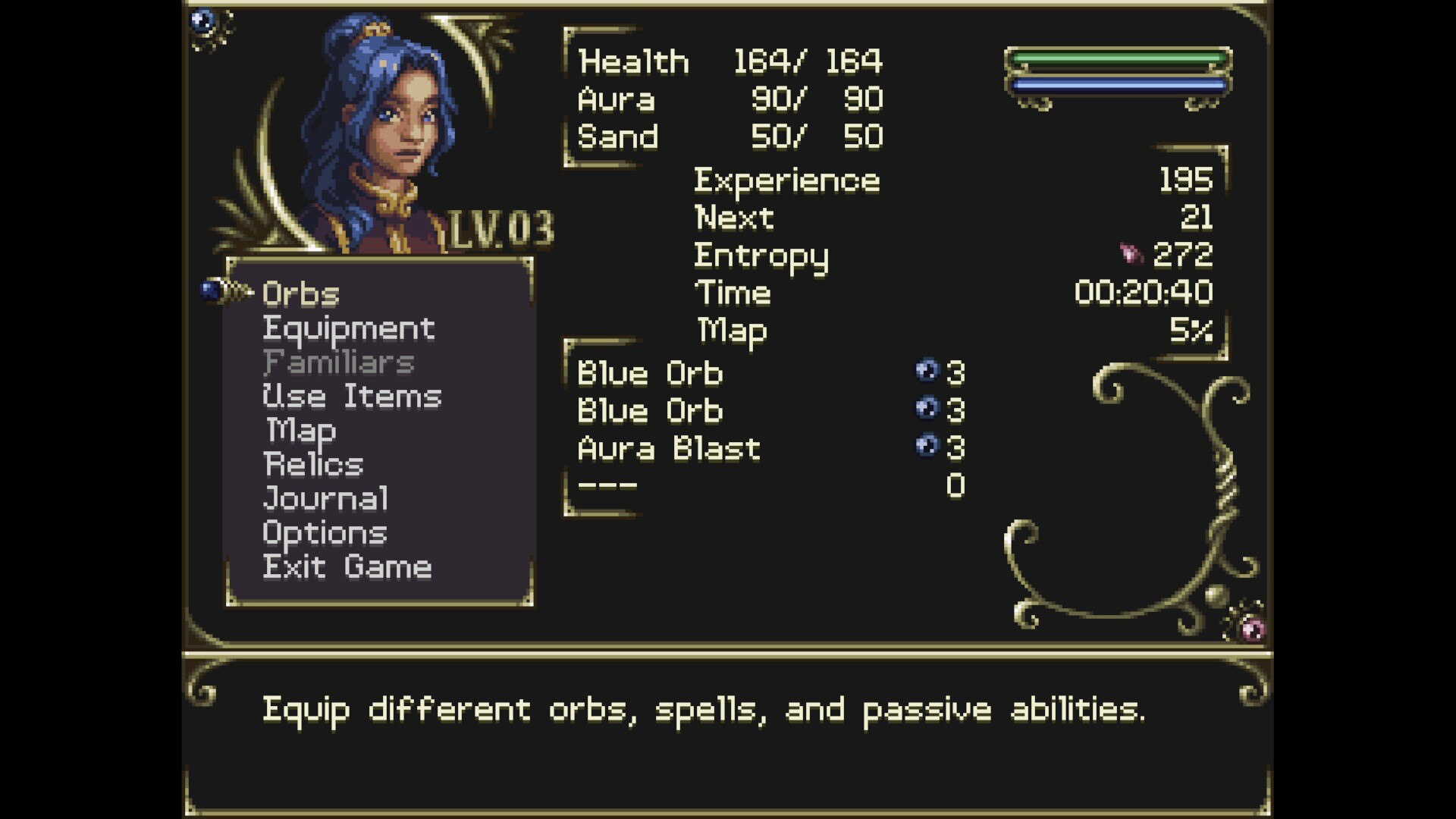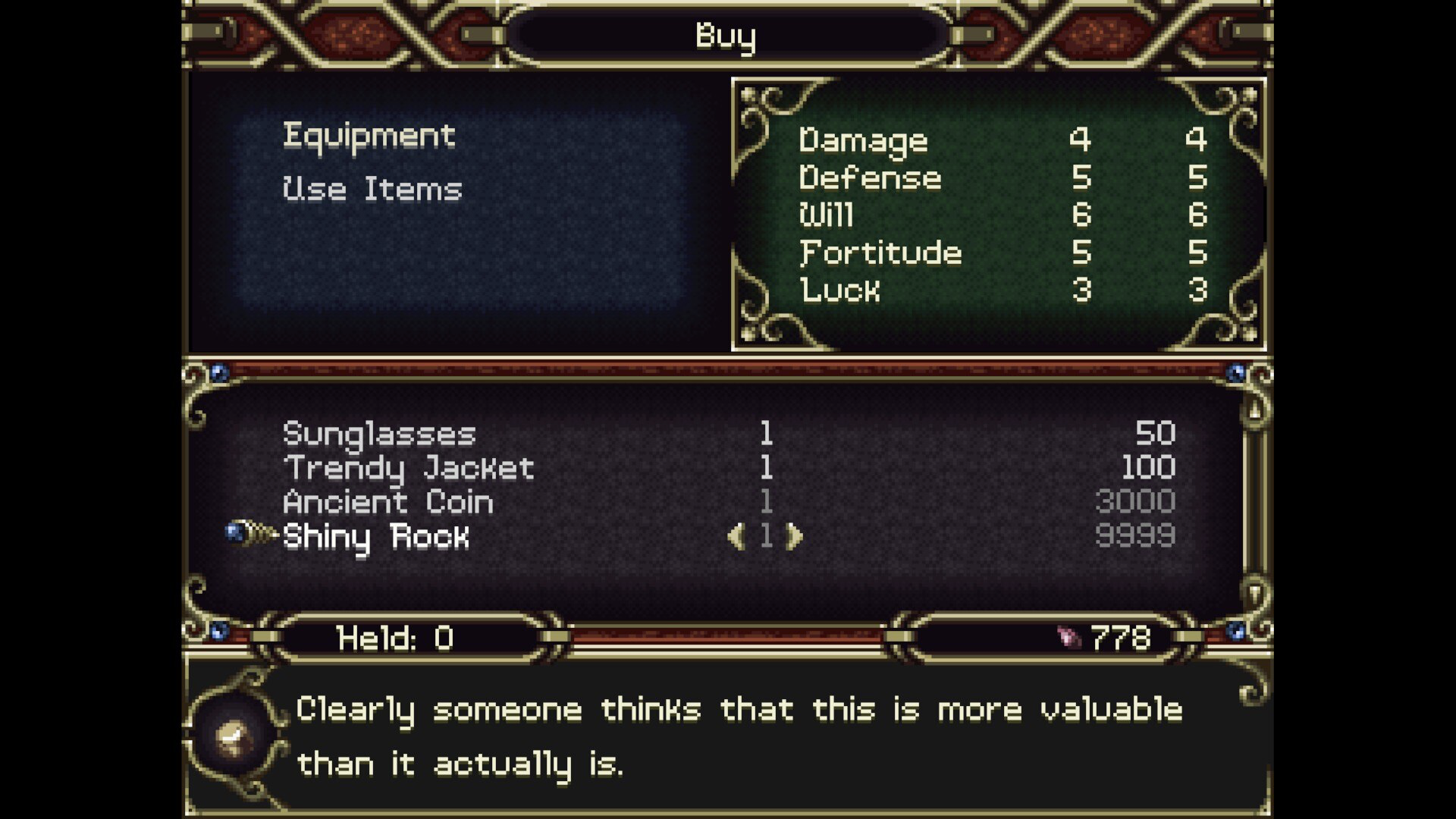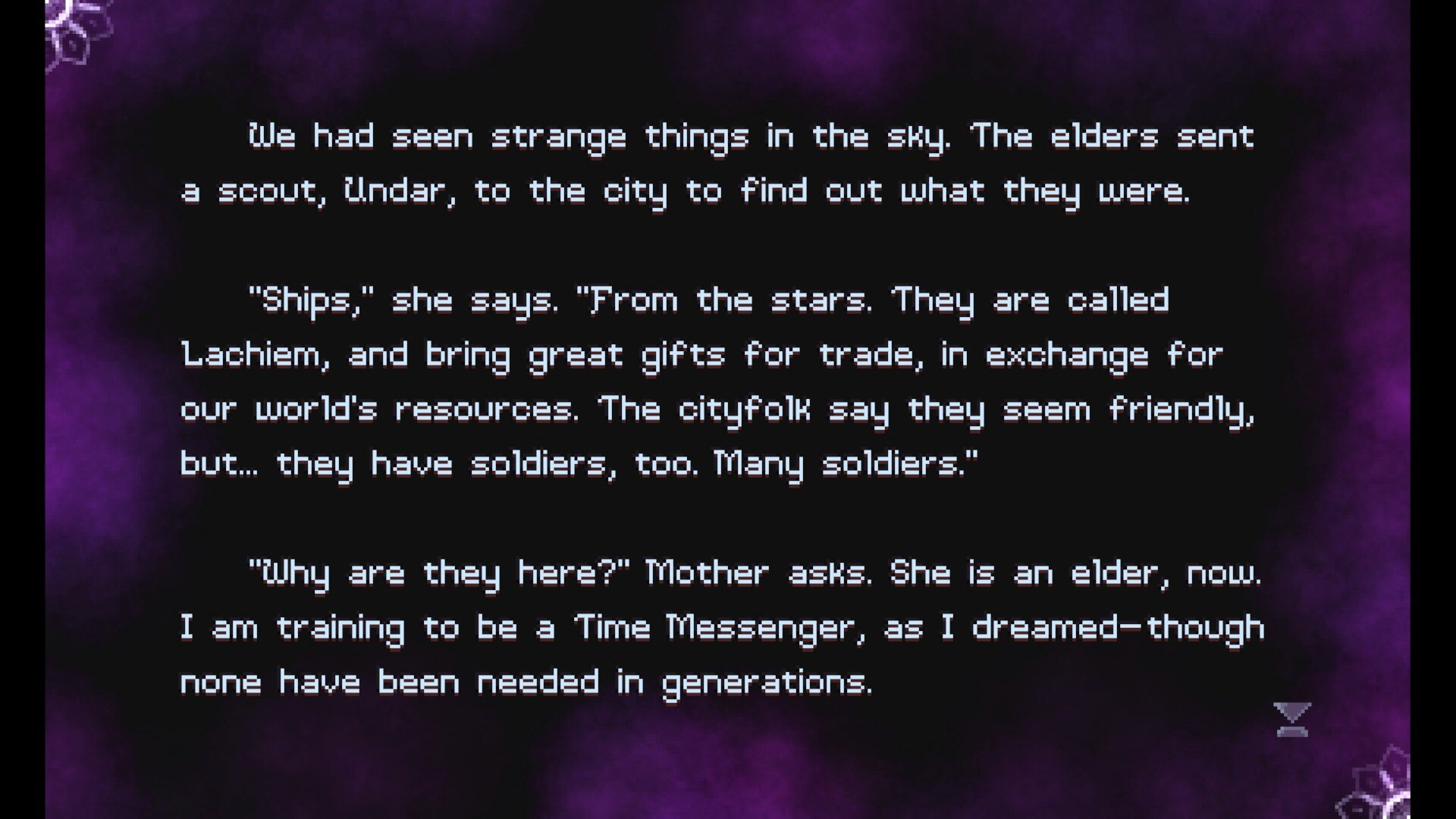
Review – Timespinner
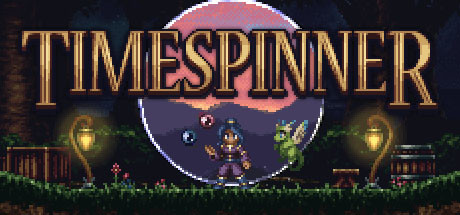
The Wheel of Time, but Good
The year 2011 saw the founding of the videogame developer and publisher Chucklefish Limited in London, specializing in producing retro-styled games. Among their publications, developed by Lunar Ray Games, was the Metroidvania Timespinner, taking heavy inspiration from Konami’s Castlevania: Symphony of the Night and financed through the crowdfunding platform Kickstarter in June 2014. It was initially to be released in November 2015. However, the project’s scope led to delays to September 2018, initially on computer and PlayStation-based media, but it would expand to the Nintendo Switch and Xbox One.
As the game’s moniker implies, Timespinner’s narrative focuses on time travel, with protagonist Lunais, a Time Messenger, needing to traverse the present and the past to defeat the evil Lachiem Empire responsible for the death of her parents. The story has a few derivative elements and a point where I had to reference the internet to find out how to advance. However, the way the game tells it is surprisingly effective and never feels forced down the player’s throat, as with most top-tier titles. Many documents add nicely to the game’s background, with a slight hint of LGBTQ+ themes and multiple endings that add some lasting appeal.
Akin to the godfather of the Metroidvania genre, Timespinner features 2-D side-scrolling gameplay. Luna can equip a Main Orb and a Sub Orb, between which she alternates when attacking; a Spell Necklace that allows her to charge and execute magic; and a Passive Ring that allows for continuous skills, such as a pair of blades swirling about her and attacking foes. She also eventually accesses Familiars, who do their own thing and attack enemies, leveling occasionally. Killing enemies may drop items, some of which are necessary to complete sidequests, with Lunais herself occasionally leveling as well, getting money from both defeated foes and breaking light sources.
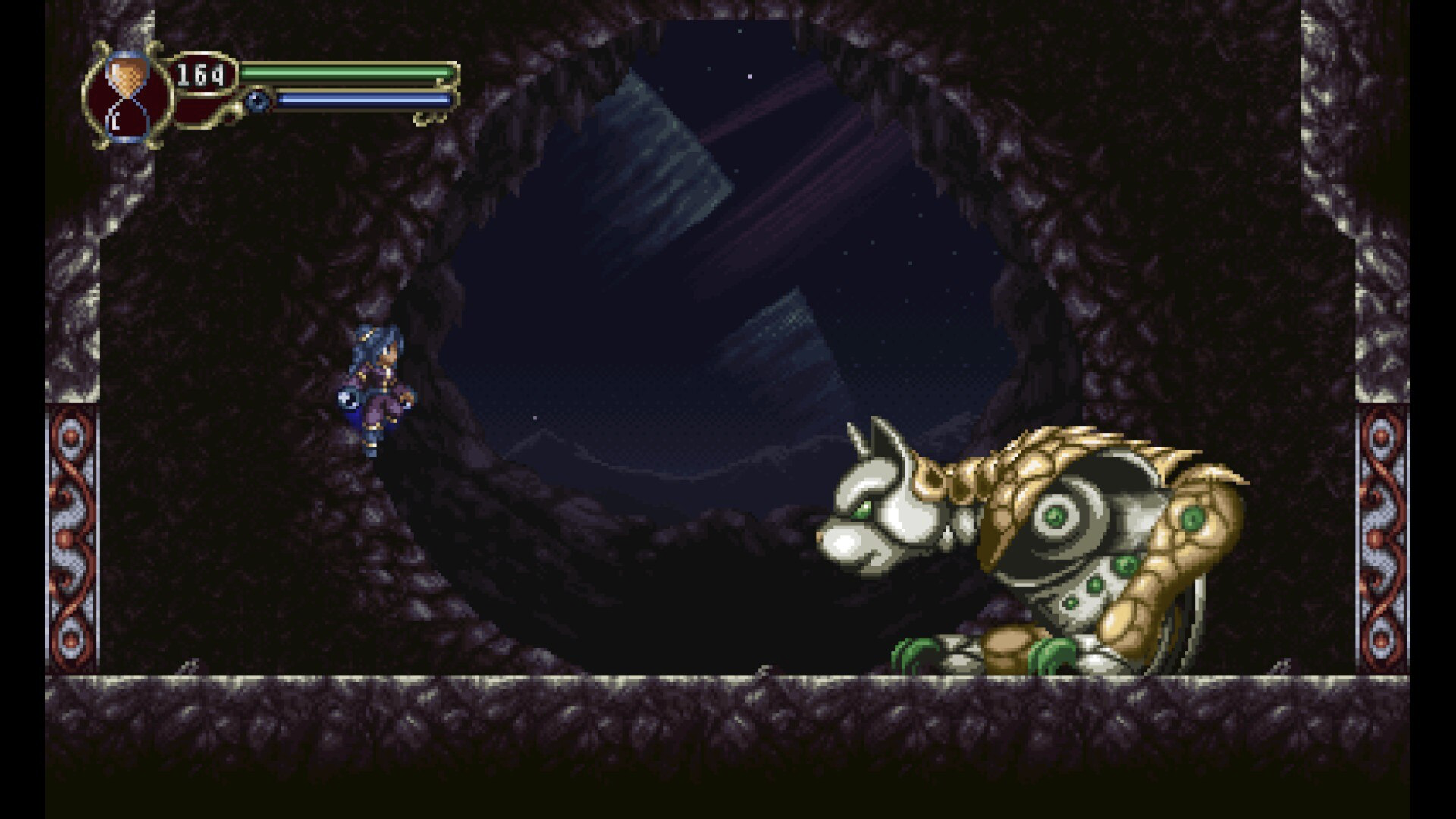
Sheldon Cooper definitely wouldn’t like this kind of cat
Throughout the past and present, Lunais can also find items that permanently increase her health, aura, and sand, the last of which she can use to freeze time temporarily, often necessary to use enemies as platforms to reach higher areas. Lunais can further equip headgear, a piece of armor, and two accessories; she can also purchase various items from shops. She may further find items that can level her orbs, with repeated use doing the same. The game mechanics are virtually flawless, aside from knockback endemic to most Metroidvanias (which can lead to situations like being forced to different chambers), with occasional bosses impeding Lunais’ progress, the Dream Mode difficulty allowing her to avoid death and fully heal when she reaches zero health.
Control also serves the game well, with easily navigable menus, enjoyable exploration, helpful in-game maps where players can place markers of different colors, and pleasant platforming. While one could argue that, in difficulties above Dream Mode, the player can waste progress if killed far from restorative save points, a buyable item allows Lunais to teleport to the last safe zone, which is helpful when she’s close to death. However, there are issues like the lack of a suspend save (which I could have sworn was in other game versions I played) and poor direction (in which case I had to reference the internet). Regardless, Timespinner interfaces with players like a dream.
Jeff Ball provides a soundtrack stylistically like that of the Castlevania series, with good use of instruments such as the piano and harpsichord. Tracks like “Masquerade of Hedonists” sound like they came straight out of the iconic Konami series (and could easily pass as being written by Mozart), with other pieces like ”The Broken”, the first boss battle theme, evoking a similar feel. Some voice clips include Lunais’ grunting when attacking and occasional laughter. The sound effects are also good, and while there are some silent portions, namely most cutscenes, Timespinner is very much an aural delight.
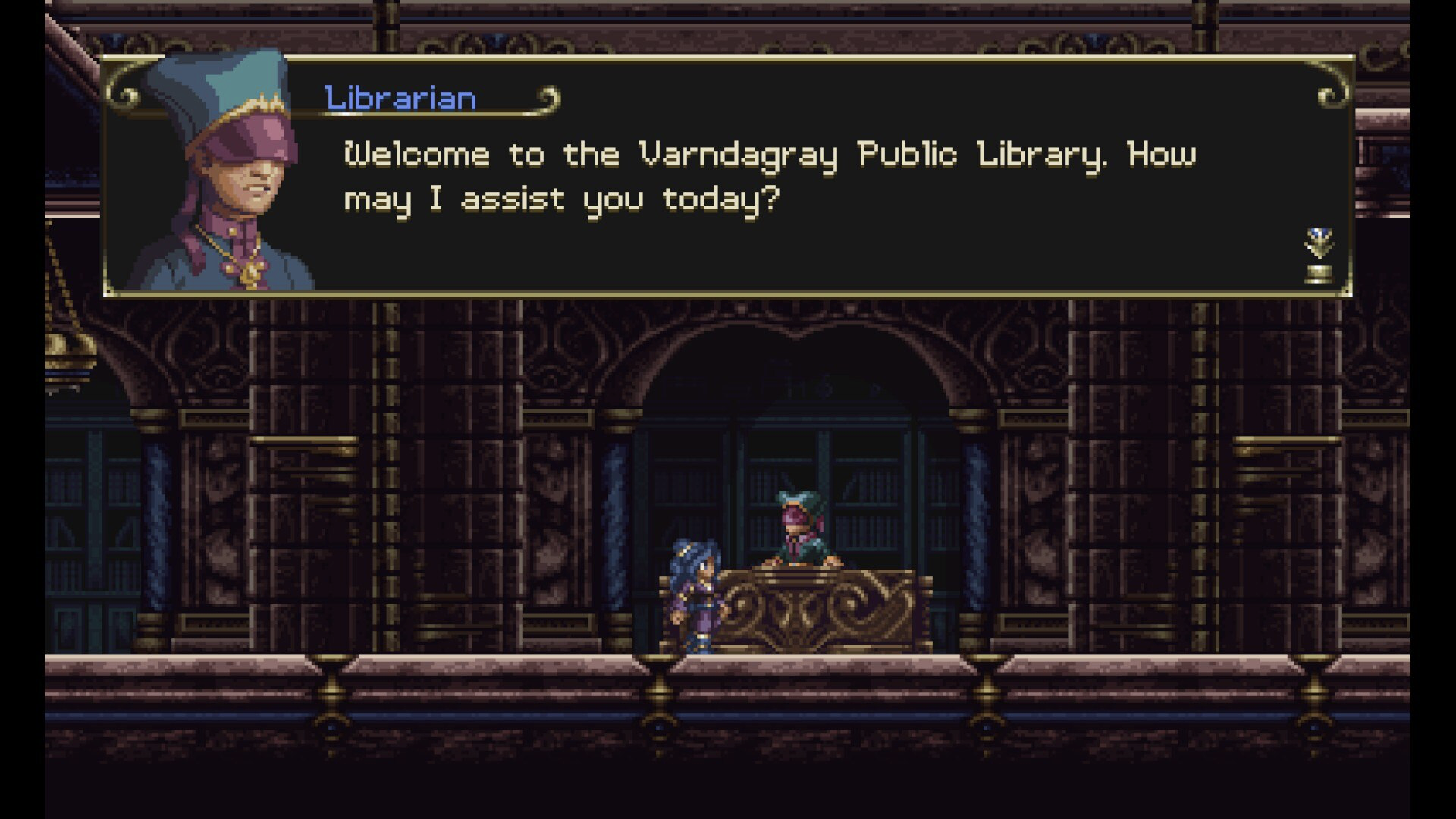
Books–check ’em out
The visuals also evoke Timespinner’s Castlevania inspirations, with gorgeous pixel art, character portraits prominent during dialogues, enemy designs, colorful environments, and smooth animation. There are a few reskins in terms of foes, the sprites mostly don’t show emotion, and equipment doesn’t affect Lunais’ appearance, but otherwise, the game graphically excels.
Finally, finishing the core game can take as little as three hours. However, there is a plentiful lasting appeal in the form of a New Game+, multiple endings (many of which one can view within the same playthrough, and the ending credits become skippable after being viewed once), completely mapping every area, fully leveling Lunais, completing the game compendia, in-game Feats, Steam Achievements, and so forth, so absolute completion can naturally take far longer.
Overall, Timespinner is easily one of the high points of the Metroidvania gaming genre, given its superb gameplay, tight control, engaging narrative, excellent soundtrack, gorgeous graphics, and abundance of side content, surpassing others in terms of quality. While there are negligible flaws in aspects like control and the visuals, and one may argue that it lacks quantity, it quickly makes up for in terms of quality. The supplemental content will also appease those who habitually complain about short games. I enjoyed the various times I played through the game, and I very much look forward to its forthcoming sequel whenever it is eventually released, if ever.
This review is based on a single playthrough on Dream Mode of around eight hours on a Steam Deck of a digital copy purchased by the reviewer, with multiple endings viewed, and 7/37 Steam Achievements acquired.
| Score Breakdown | |
|---|---|
| The Good | The Bad |
| Superb Metroidvania mechanics. Excellent lore and narrative. Solid audiovisual presentation. Plenty of lasting appeal. | Typical Metroidvania knockback. Easy to get lost at times. Some derivative story elements. A lot of reskinned enemies. |
| The Bottom Line | |
| A crowning achievement among Metroidvanias. | |
| Platform | Steam |
| Game Mechanics | 9.5/10 |
| Control | 9.0/10 |
| Story | 9.0/10 |
| Aurals | 9.5/10 |
| Visuals | 8.5/10 |
| Lasting Appeal | 10/10 |
| Difficulty | Adjustable |
| Playtime | 3-48+ Hours |
| Overall: 9.5/10 | |

